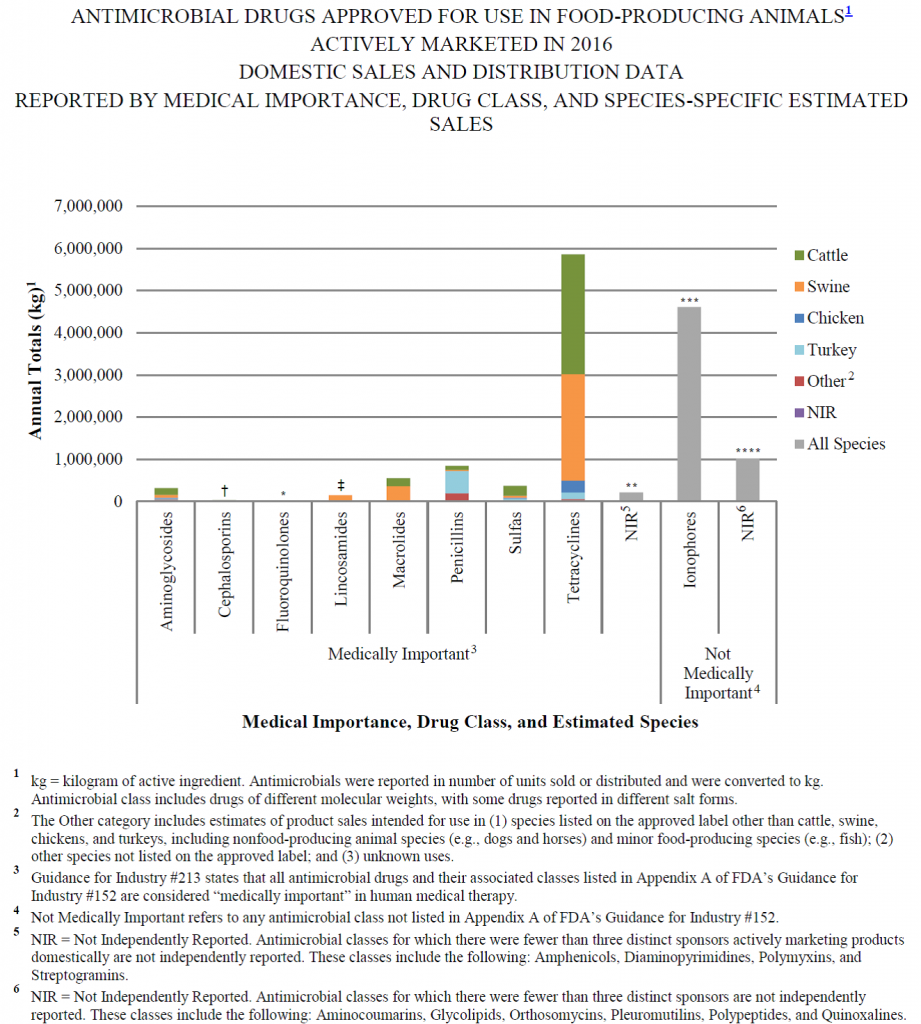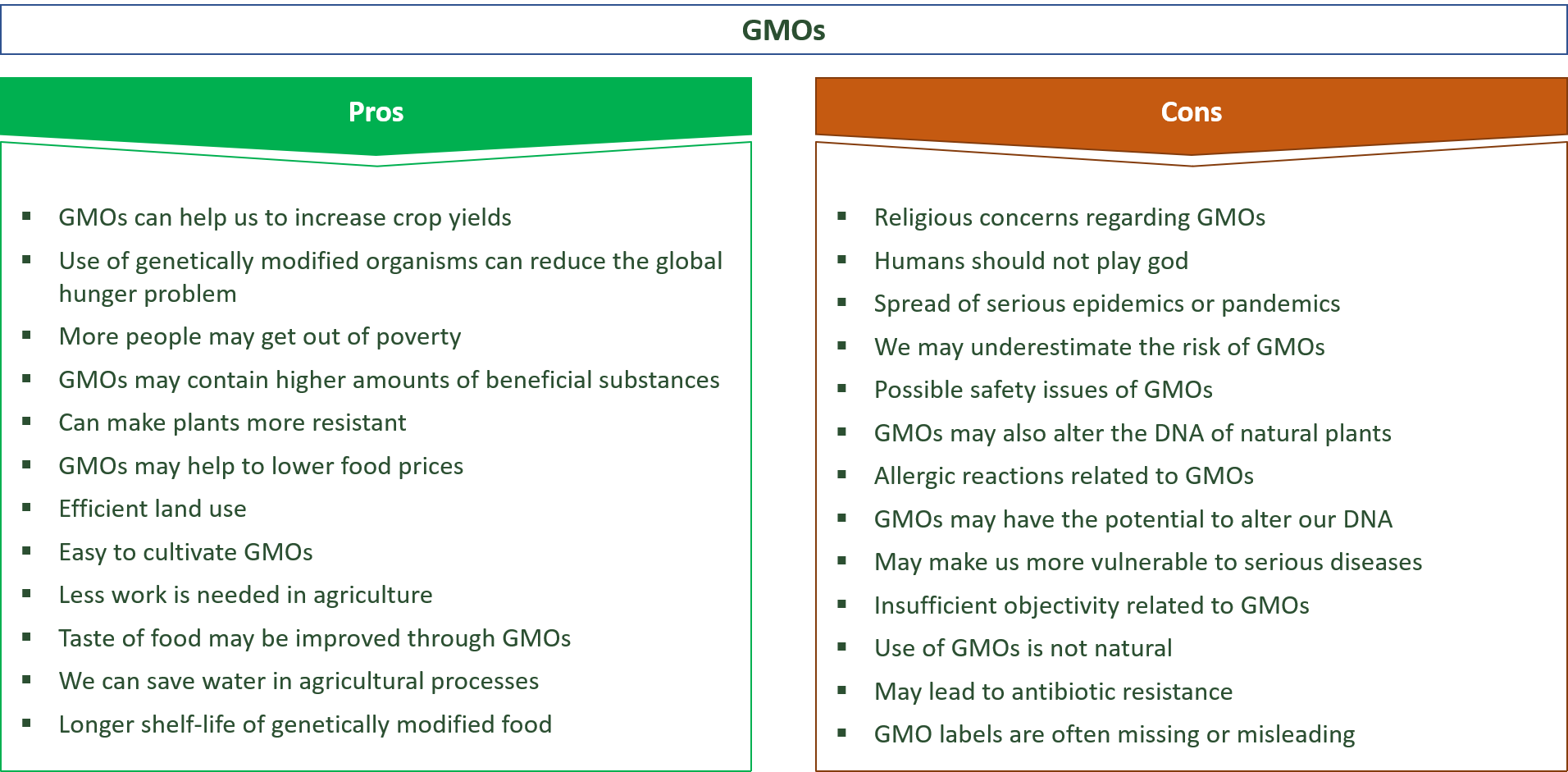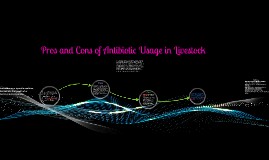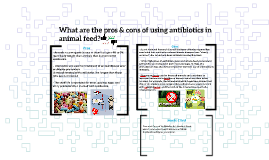Antibiotic use in livestock pros and cons ideas
Home » Background » Antibiotic use in livestock pros and cons ideasYour Antibiotic use in livestock pros and cons images are ready in this website. Antibiotic use in livestock pros and cons are a topic that is being searched for and liked by netizens today. You can Download the Antibiotic use in livestock pros and cons files here. Download all free vectors.
If you’re searching for antibiotic use in livestock pros and cons pictures information related to the antibiotic use in livestock pros and cons keyword, you have visit the ideal site. Our website always gives you suggestions for refferencing the highest quality video and picture content, please kindly search and find more enlightening video content and graphics that fit your interests.
Antibiotic Use In Livestock Pros And Cons. As a result some antibiotics have lost their effectiveness against specific infectious diseases. According to the National Research Council and the Institute of Medicine some strains of bacteria found in livestock have become immune to antibiotics. Pros and Cons of Antibiotic Usage in Livestock by Kali Seagraves. Therapeutic antibiotic use is often at a higher dose than subtherapeutic purpose and is generally administered in water or by injection.
 Pros And Cons Of Analysis Tools Download Table From researchgate.net
Pros And Cons Of Analysis Tools Download Table From researchgate.net
Some antibiotics when overused can breed resistant bacteria in livestock in turn threatening the future success of these drugs in humans. The advantages include reduction of pain and suffering for animals possible recovery through proper treatment of diseases using antibiotics the production of safer food and possible delays in treatments. Understanding Antibiotics Use in Livestock Production. Because I did not think biotechnology and hen housing were controversial enough topics I thought I would wade into antibiotic use in food animals. The meat industry is currently justifying the mass use of antibiotics in livestock to keep up with rising meat demands Animal Smart 2016. Antibiotics increase resistance in.
Antibiotic Use in Livestock Production.
Because I did not think biotechnology and hen housing were controversial enough topics I thought I would wade into antibiotic use in food animals. Nevertheless the livestock industry continues to argue that while antibiotic use may have something to do with antibiotic resistance in bacteria on the farm it is not an important human health issue and little change in current practices is needed. Some antibiotics when overused can breed resistant bacteria in livestock in turn threatening the future success of these drugs in humans. Other common reasons for antibiotic consumption are to treat or prevent illness prohibit pain and stop early signs of illness in livestock South Dakota State University 2016. As a result some antibiotics have lost their effectiveness against specific infectious diseases. Control antibiotics can be given to control the spread of an illness on a farm or ranch in the face of an outbreak.
 Source: pinterest.com
Source: pinterest.com
The evidence that inappropriate antibiotic use in livestock creates resistant bacteria is substantial theres a long bibliography here and the FDA has been working to. Antibiotic Use in Livestock Production. Treat an animal with a diagnosed illness. According to the National Research Council and the Institute of Medicine some strains of bacteria found in livestock have become immune to antibiotics. Antibiotics are used for treatment of animal disease andor disease prevention.
 Source: slidetodoc.com
Source: slidetodoc.com
Understanding Antibiotics Use in Livestock Production. The advantages include reduction of pain and suffering for animals possible recovery through proper treatment of diseases using antibiotics the production of safer food and possible delays in treatments. In livestock production antibiotics are also. But many farmers and ranchers argue that other antimicrobials specifically anti-parasite medications are harmless to people. There is an interesting example of an antibiotic drug called avoparcin that was used in EU agriculture for livestock growth promotion.
 Source: biobeef.faculty.ucdavis.edu
Source: biobeef.faculty.ucdavis.edu
Antibiotics are used for therapeutic. Pros and Cons of Antibiotic Usage in Livestock by Kali Seagraves. Treatment antibiotics are given to. Treat an animal with a diagnosed illness. The meat industry is currently justifying the mass use of antibiotics in livestock to keep up with rising meat demands Animal Smart 2016.
 Source: slideplayer.com
Source: slideplayer.com
But many farmers and ranchers argue that other antimicrobials specifically anti-parasite medications are harmless to people. Broad categories of antibiotic use. Faecium and there was concern around vancomycin-resistant E. In livestock production antibiotics are also. Actually the only reason I am doing this blog is because of a Twitter exchange with Marc Brazeau from Food and Farm Discussion Lab late last.
 Source: environmental-conscience.com
Source: environmental-conscience.com
What are the pros and cons of using antibiotics in animal feed. There is an interesting example of an antibiotic drug called avoparcin that was used in EU agriculture for livestock growth promotion. Purposes to prevent or control the development of disease in humans and animals alike. Our experience in veterinary medicine is that the use of measured extremely small amounts of these compounds actually lowers mortality rates. Other common reasons for antibiotic consumption are to treat or prevent illness prohibit pain and stop early signs of illness in livestock South Dakota State University 2016.
 Source: researchgate.net
Source: researchgate.net
The use of antibiotics in livestock leads to Salmonella-resistant strains found in meat and eggs. Purposes to prevent or control the development of disease in humans and animals alike. In livestock production antibiotics are also. In livestock production there are several antibiotics that are indicated or approved for use to improve feed efficiency or weight gain. As a result some antibiotics have lost their effectiveness against specific infectious diseases.
 Source: ar.pinterest.com
Source: ar.pinterest.com
In livestock production antibiotics are also. Our experience in veterinary medicine is that the use of measured extremely small amounts of these compounds actually lowers mortality rates. The meat industry is currently justifying the mass use of antibiotics in livestock to keep up with rising meat demands Animal Smart 2016. Understanding Antibiotics Use in Livestock Production. Broad categories of antibiotic use.
 Source: researchgate.net
Source: researchgate.net
Nevertheless the livestock industry continues to argue that while antibiotic use may have something to do with antibiotic resistance in bacteria on the farm it is not an important human health issue and little change in current practices is needed. Treatment antibiotics are given to. Pros and Cons of Antibiotic Usage in Livestock by Kali Seagraves. Animals receiving antibiotics in their feed gain 4 to 5 more body weight than animals that do not receive antibiotics. In livestock production antibiotics are also.
 Source: slidetodoc.com
Source: slidetodoc.com
Treatment antibiotics are given to. Animals receiving antibiotics in their feed gain 4 to 5 more body weight than animals that do not receive antibiotics. Because I did not think biotechnology and hen housing were controversial enough topics I thought I would wade into antibiotic use in food animals. Our experience in veterinary medicine is that the use of measured extremely small amounts of these compounds actually lowers mortality rates. Prevention because livestock and poultry share water and feed troughs.
 Source: englishadmin.com
Source: englishadmin.com
Antibiotics are used for treatment of animal disease andor disease prevention. Using the drugs in this manner can allow animals to grow faster or more efficiently. Because I did not think biotechnology and hen housing were controversial enough topics I thought I would wade into antibiotic use in food animals. Antibiotic Use in Livestock Production. The use of antibiotics in livestock leads to Salmonella-resistant strains found in meat and eggs.
 Source: nl.pinterest.com
Source: nl.pinterest.com
Other common reasons for antibiotic consumption are to treat or prevent illness prohibit pain and stop early signs of illness in livestock South Dakota State University 2016. Pros and Cons of Antibiotic Usage in Livestock by Kali Seagraves. Actually the only reason I am doing this blog is because of a Twitter exchange with Marc Brazeau from Food and Farm Discussion Lab late last. Treat an animal with a diagnosed illness. In livestock production antibiotics are also.
 Source: prezi.com
Source: prezi.com
Nevertheless the livestock industry continues to argue that while antibiotic use may have something to do with antibiotic resistance in bacteria on the farm it is not an important human health issue and little change in current practices is needed. Faecium and there was concern around vancomycin-resistant E. Pros and Cons of Antibiotic Usage in Livestock by Kali Seagraves. The use of antibiotics in livestock leads to Salmonella-resistant strains found in meat and eggs. Animals receiving antibiotics in their feed gain 4 to 5 more body weight than animals that do not receive antibiotics.
 Source: researchgate.net
Source: researchgate.net
But many farmers and ranchers argue that other antimicrobials specifically anti-parasite medications are harmless to people. But many farmers and ranchers argue that other antimicrobials specifically anti-parasite medications are harmless to people. The use of antibiotics in livestock leads to Salmonella-resistant strains found in meat and eggs. Because I did not think biotechnology and hen housing were controversial enough topics I thought I would wade into antibiotic use in food animals. Antibiotics increase resistance in.
 Source: pinterest.com
Source: pinterest.com
The meat industry is currently justifying the mass use of antibiotics in livestock to keep up with rising meat demands Animal Smart 2016. The evidence that inappropriate antibiotic use in livestock creates resistant bacteria is substantial theres a long bibliography here and the FDA has been working to. Some antibiotics when overused can breed resistant bacteria in livestock in turn threatening the future success of these drugs in humans. Treat an animal with a diagnosed illness. Treatment antibiotics are given to.
 Source: prezi.com
Source: prezi.com
Some antibiotics when overused can breed resistant bacteria in livestock in turn threatening the future success of these drugs in humans. Antibiotics are used for therapeutic. Using the drugs in this manner can allow animals to grow faster or more efficiently. There is an interesting example of an antibiotic drug called avoparcin that was used in EU agriculture for livestock growth promotion. As a result some antibiotics have lost their effectiveness against specific infectious diseases.
 Source: researchgate.net
Source: researchgate.net
Because I did not think biotechnology and hen housing were controversial enough topics I thought I would wade into antibiotic use in food animals. The evidence that inappropriate antibiotic use in livestock creates resistant bacteria is substantial theres a long bibliography here and the FDA has been working to. Nevertheless the livestock industry continues to argue that while antibiotic use may have something to do with antibiotic resistance in bacteria on the farm it is not an important human health issue and little change in current practices is needed. Actually the only reason I am doing this blog is because of a Twitter exchange with Marc Brazeau from Food and Farm Discussion Lab late last. Treat an animal with a diagnosed illness.
 Source: pinterest.com
Source: pinterest.com
In livestock production antibiotics are also. Nevertheless the livestock industry continues to argue that while antibiotic use may have something to do with antibiotic resistance in bacteria on the farm it is not an important human health issue and little change in current practices is needed. Actually the only reason I am doing this blog is because of a Twitter exchange with Marc Brazeau from Food and Farm Discussion Lab late last. Some antibiotics when overused can breed resistant bacteria in livestock in turn threatening the future success of these drugs in humans. But many farmers and ranchers argue that other antimicrobials specifically anti-parasite medications are harmless to people.
 Source: pinterest.com
Source: pinterest.com
Faecium and there was concern around vancomycin-resistant E. Actually the only reason I am doing this blog is because of a Twitter exchange with Marc Brazeau from Food and Farm Discussion Lab late last. Prevention because livestock and poultry share water and feed troughs. The meat industry is currently justifying the mass use of antibiotics in livestock to keep up with rising meat demands Animal Smart 2016. Faecium and there was concern around vancomycin-resistant E.
This site is an open community for users to submit their favorite wallpapers on the internet, all images or pictures in this website are for personal wallpaper use only, it is stricly prohibited to use this wallpaper for commercial purposes, if you are the author and find this image is shared without your permission, please kindly raise a DMCA report to Us.
If you find this site value, please support us by sharing this posts to your own social media accounts like Facebook, Instagram and so on or you can also bookmark this blog page with the title antibiotic use in livestock pros and cons by using Ctrl + D for devices a laptop with a Windows operating system or Command + D for laptops with an Apple operating system. If you use a smartphone, you can also use the drawer menu of the browser you are using. Whether it’s a Windows, Mac, iOS or Android operating system, you will still be able to bookmark this website.